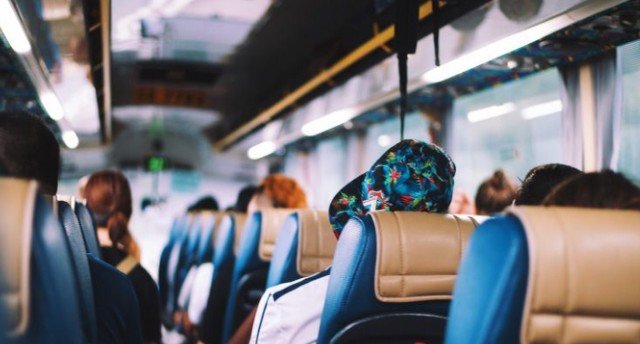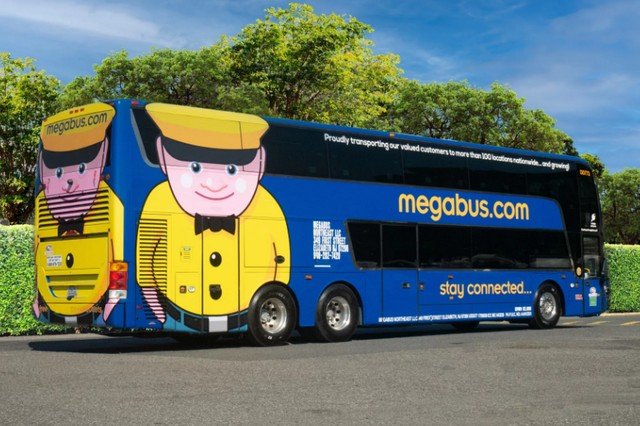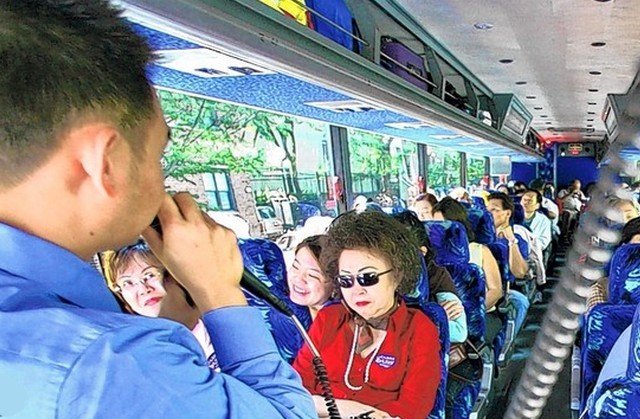Why cheap bus travel is disappearing in the US

In America, Megabus was once known as an affordable transportation service, but its parent company, Coach USA, filed for bankruptcy. The US bus industry has halved. Can bus transport be saved?
 Before Coach USA announced its bankruptcy, Megabus, which was founded in 2006 and began operations in Houston in 2012, claimed to operate 2,250 vehicles and more than 2,700 employees in 500 U.S. cities.
Before Coach USA announced its bankruptcy, Megabus, which was founded in 2006 and began operations in Houston in 2012, claimed to operate 2,250 vehicles and more than 2,700 employees in 500 U.S. cities.
Bus transportation has been and continues to be a cheap and convenient way to travel in the Northeastern United States since the late 1990s. Its no-frills approach has made it popular with anyone looking for a good quality trip at an affordable price.
 But in the US, the transport sector has faced low ridership on trains and buses as many Americans now work from home or only go to the office a few times a week.
But in the US, the transport sector has faced low ridership on trains and buses as many Americans now work from home or only go to the office a few times a week.
In 2019, there were about 3,000 bus companies, according to Peter Pantuso, executive director of the American Bus Association. Since then, about half of them have closed, and many of those that remain are at about 70% capacity, he said.
Last year, popular New Jersey-based operator DeCamp Bus Lines discontinued its commuter service to New York due to low ridership.
Rising prices
 Many transport services rely heavily on fares, and operators have had to look for other sources of funding in the face of falling revenues.
Many transport services rely heavily on fares, and operators have had to look for other sources of funding in the face of falling revenues.
Unless the government intervenes or new sources of funding are found, many operators may face two choices: cut services or raise prices.
Neither of these two options will win users back.
A tradition to maintain
Although American buses offer a no-frills service, they still offer modern buses, equipment comparable to or even better than that of European bus companies.
 All bus operators in the United States are subject to inspection standards. They follow the rules and have adopted new technologies such as online ticketing and even mobile apps.
All bus operators in the United States are subject to inspection standards. They follow the rules and have adopted new technologies such as online ticketing and even mobile apps.
Here you can always buy your tickets at the bus stop before boarding. Despite their low prices, you have access to free Wi-Fi and movies on board.
Buses also have toilets on board. On long journeys lasting more than four hours, however, there is usually a 10-15 minute toilet break.
” Whether it’s bus companies or rail companies or even just Southwest Airlines – and other airlines that connect our major hub cities – consumers still need to travel between these major economic engines, and we need support from the private sector as well as the public sector to ensure these options are available and available soon », Declares the federal authorities questioned on the subject.

